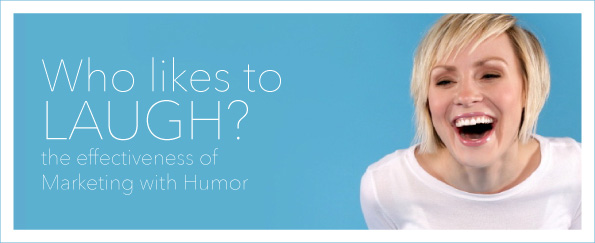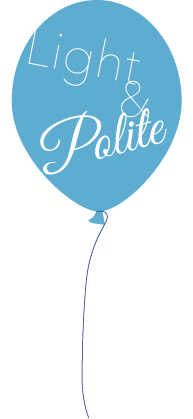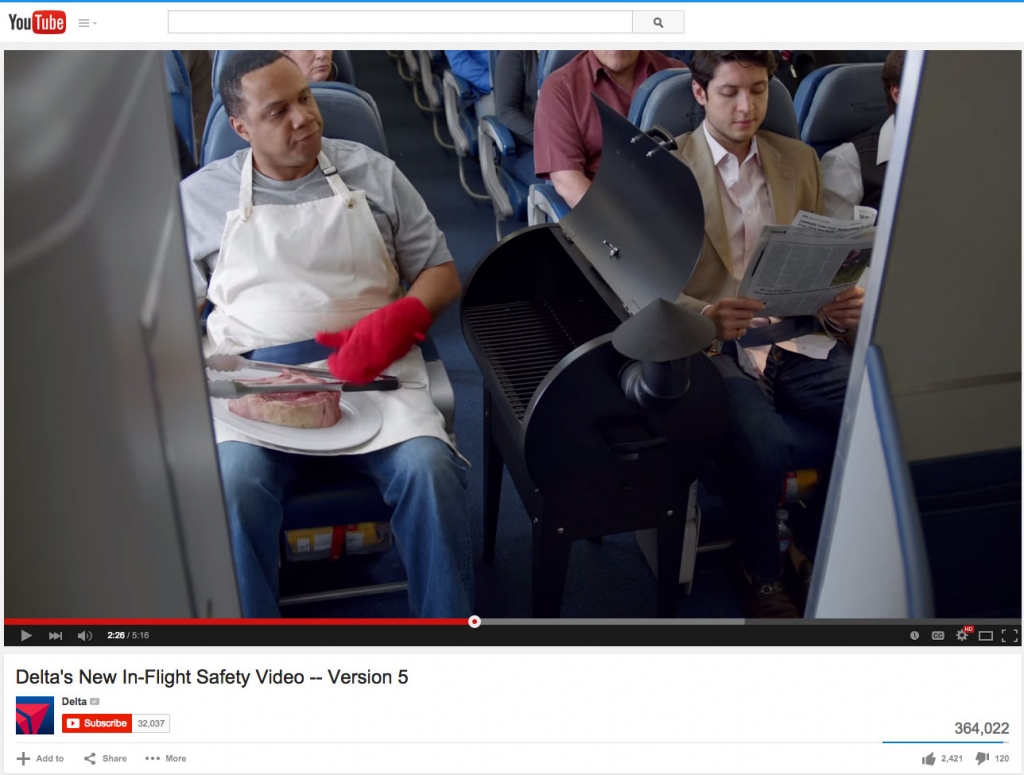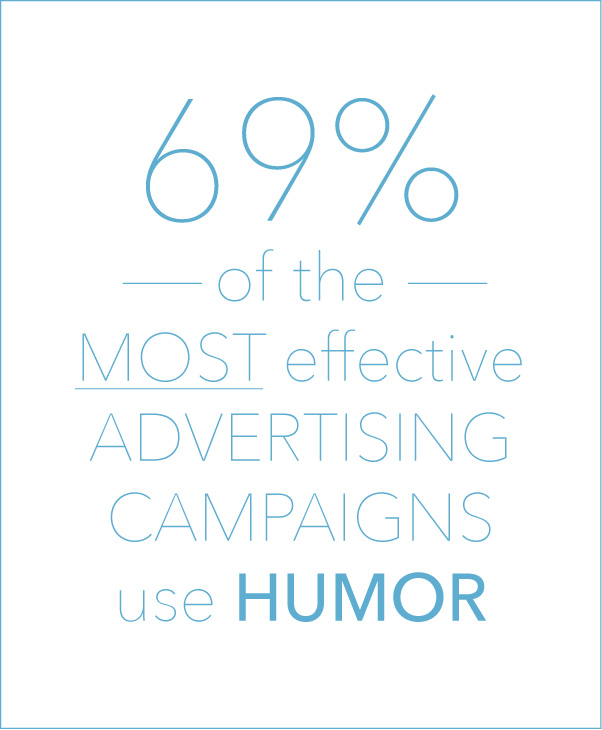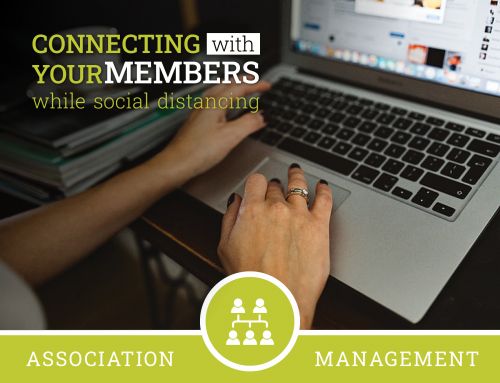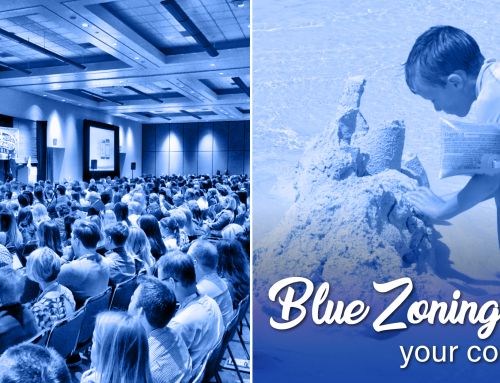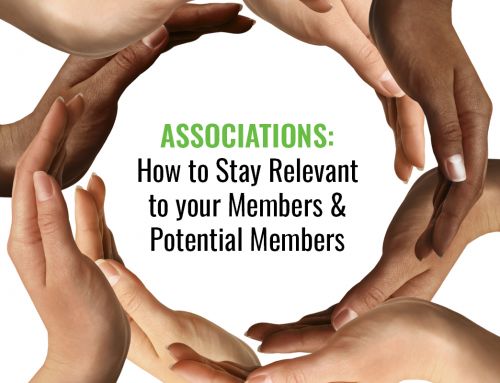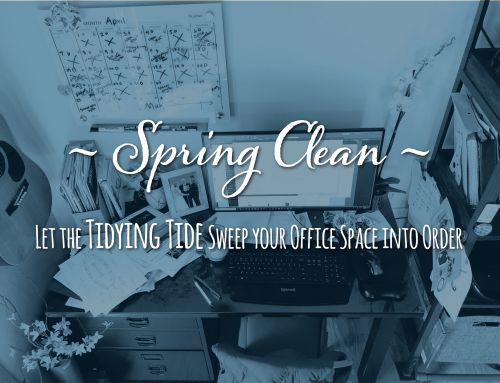Flying frequently, I could probably give the safety message that is proclaimed loudly throughout the airplane prior to takeoff. As such, I usually ignore it all together and spend the last few minutes of connectivity returning one more email.
This was the case as I boarded the Delta outbound flight recently at my home airport in Missoula, Montana. After silently thanking the frequent-flyer mile program for the upgrade to comfort seats, I settled in and began returning emails. By the time I looked up, the safety video was half over. That is when I paused – “Was that a no goat sign?” I wondered. “Can’t be – wait, there is a no water skiing sign. Since when did a water skiing sign replace the standard ‘no smoking in bathrooms’ sign?”
I then did something I hadn’t done in months (if not years) – I watched the rest of the video. I also watched all the safety videos on all the remaining flights on my trip. I discovered that (1) there is more than one version of these new humorous flight videos and that (2) I even continued to pay close attention to the videos I had seen before because I wanted to see if I missed anything (love the guy trying to BBQ).
Three weeks later I was back on an airplane outbound from my home airport, but this time I was flying a different airline. I watched the safety presentation for a few seconds, realized it was the same old status quo message and went back to my phone and emails. Two airlines each with an opportunity to get my attention, yet only one was successful. The difference? Humor!

Humor, when done correctly, can grab customers’ attention and keep your brand, service, etc. in the forefront of their mind. MillwardBrown provided pertinent information in their white paper Does Humor Make Ads More Effective? They compared the use of humor across the world and found that in North America, 69% of ads in the top impact zone are humorous. There is a strong correlation between humor and ad impact because humor can drive involvement – humor makes your marketing memorable. Even more impactful is when the humor is carefully paired with a simple, clean message.
What happens when someone’s idea of funny doesn’t translate to another’s idea of funny? The effect can backfire, resulting in negative connotations for the brand (i.e., Mike’s Hard Lemonade campaign of 2002). The key to humor in advertising is to keep it “light and polite.” In the case of Mike’s campaign, the ads were geared to 21-29 year old males and used crude humor. Though amusing the first time viewed, their use of repetitive, gruesome imagery wore onviewers’ nerves and eventually became the most hated campaign of the year.
Instead, follow Delta’s lead and create a positive experience with subtle humor. It can keep people tuning in time and time again.
The important take home – “Humor can make ads more enjoyable….and memorable. However, if the humor distracts from branding and communication, it can impede the ad’s effectiveness.
About the author:
Traci Ulberg actively chose to base her business (and life) in the beautiful state of Montana. It is here that she has found not only a talented pool of professionals, but also the post-work activities that help maintain a healthy life balance. She enjoys all things outdoors with her husband and three children. She also harbors a secret love for building and is known for lending a hand to friends and family that have framing, roofing, and wiring projects. No fear of heights here!


